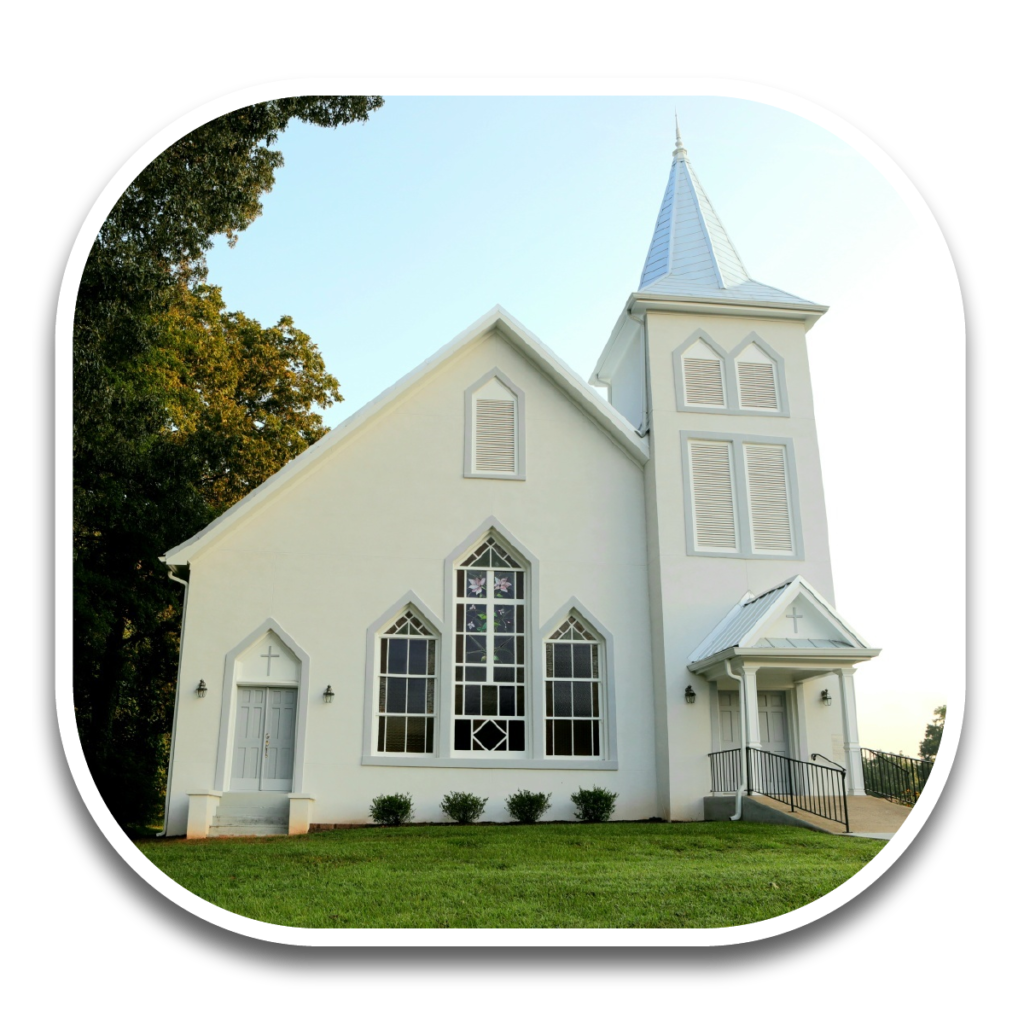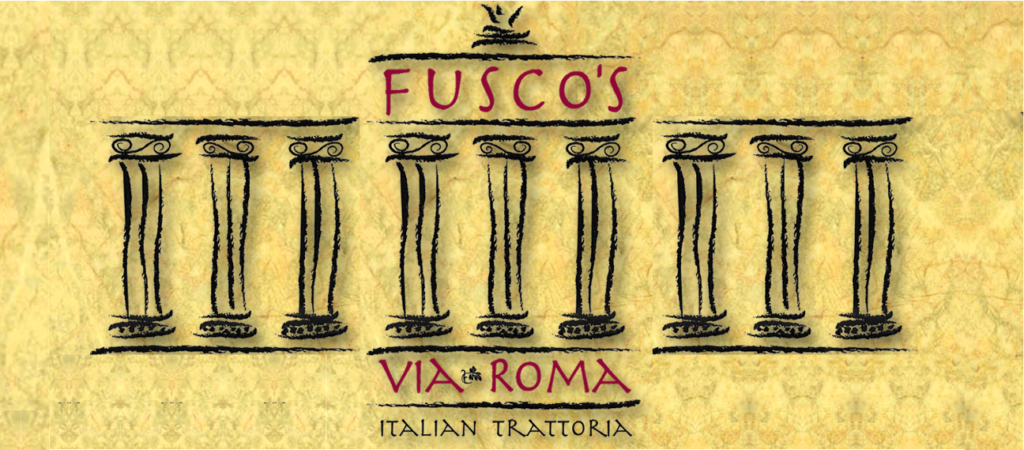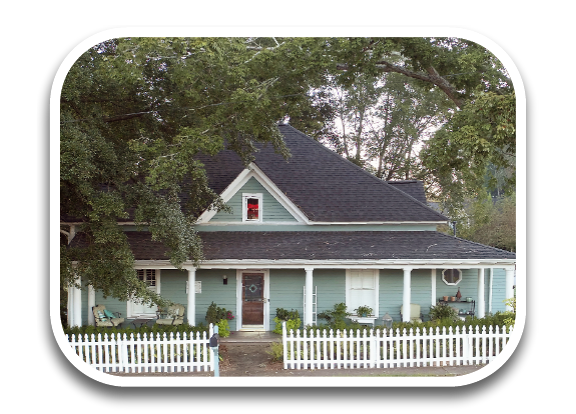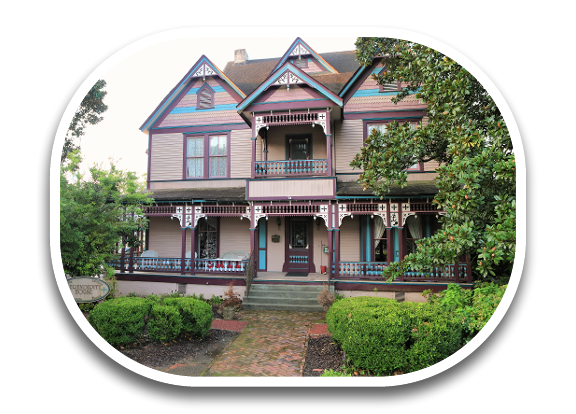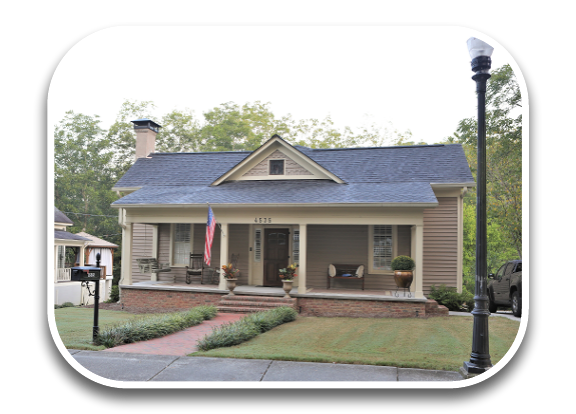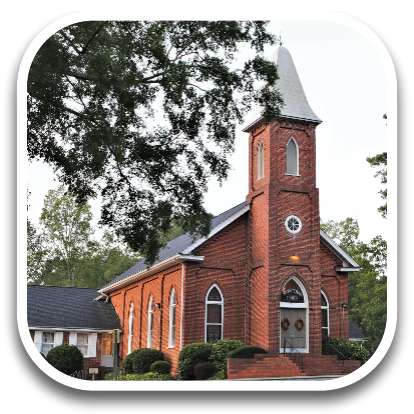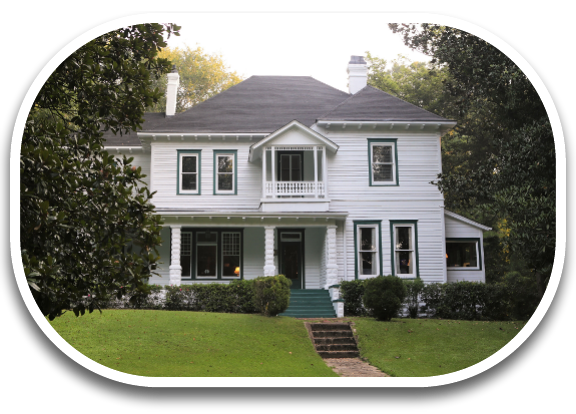(Acworth Presbyterian Church Congregation)
Capt. Lemon was one of the founders of Acworth Presbyterian Church. The church was built in 1875 on land donated by James’ brother, Smith Lemon. [1]
The Acworth Presbyterian Church was established in 1870 as a mission from the Mars Hill Church. Thirty-four members were dispatched to start the Acworth Church, and Mars Hill provided a joint minister until 1956. Smith Lemon donated the property and together with his brother James Lile, supervised the construction of the church building in 1875. [2]
The Church features stained glass windows, Gothic arches, and intricate brickwork are features of the brick edifice. Many of Acworth’s pioneer families were among the charter members. [3]
Thirty-four members from Mars Hill were received as charter members. They were: M.J. Abbott, Mrs. F.J. Ansley, J.H. Bate, W.T. Bate, Dr. A. Cotten, Mrs. Elizabeth J. Cotten, Mrs. Hattie Hull, W.H.A. Johnson, J.P. Lawhon, Mrs. J.P. Lawhon, Miss Lula Lawhon, Miss Belle Lemon, J.L. Lemon, Mrs. J.L. Lemon, Miss Jennie Lemon, Jessie, L. Lemon, M.E. Lemon, Margaret E. Lemon, Smith Lemon, Mrs. M.K. Litchfield (known as Mr.s Kansas Williams after her second marriage), H.H. Logan, Mrs. Emily L. Logan, J.E. McEver, Mrs. J.W. McMillan, John L. Nichols, Mrs. Maria L. Nichols, W. J. Palmer, Mrs. W.J. Palmer, Miss Nola Palmer, Miss Eula Palmer, William Prichard, John E. Prichard, J.C. Stancel, and Mrs. L.H. Tanner. [4]
On November 4, 1883, J.W. McMillan and H.H. Logan were ordained as elders by Rev. A.G. Johnson, the first minister of Acworth Presbyterian Church. [5]
Acworth Presbyterian Church was used in the 2011 remake of ‘Footloose’ as the Church of Bormont where Dennis Quaid’s character, Reverend Moore, is the minister. Carol Allegood, homeownter of the R.L McMillan House, also on the tour, is featured as an extra during one of the church scenes, along with Kim Wigington, Headmaster of Brookwood Christian School, one of Acworth Charm’s Hosts. [6]
To view more houses on the tour click HERE.
Proudly Sponsored by:
SOURCES:
1. Acworth Society for Historic Preservation, Inc. Acworth. Charleston SC, Chicago, Portsmouth NH, San Franscisco: Arcadia, 2003. p. 61
2. Ibid.
3. Rebecca Nash Paden and Joe McTyre. Cobb County. Charleston SC: Arcadia, 2005.
4. Mary Dell Williams. Acworth Presbyterian Church, The First Hundred Years, 1870 – 1970. Acworth GA, 1970. p. 2.
5. Ibid.
6. Southern Outdoor Cinema “‘Footloose’ Starring Julianne Hough, Filmed in Georgia.” Southern Outdoor Cinema, February 14, 2014. (Accessed 08/20/2019)
